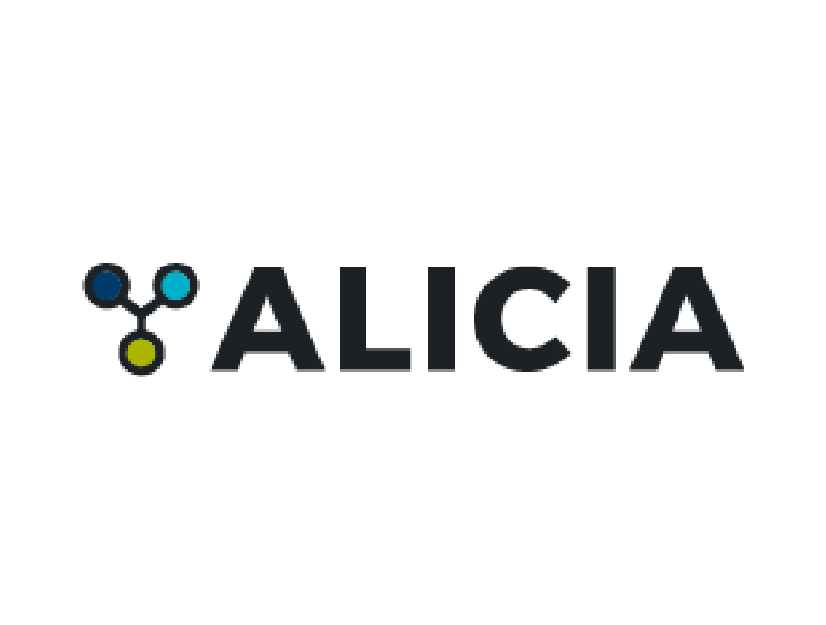Aplicación BIM en la II.EE N°429 distrito La Victoria-Chiclayo- Lambayeque para optimización de costos y detección de incompatibilidades e interferencias
Fecha
2025-06-11Autor
Porras Lopez, Wilber Jhonjairo
Salazar Esqueche, Joseph Manuel
Metadatos
Mostrar el registro completo del ítemResumen
La presente investigación tiene su origen en las inconsistencias que surgen al elaborar un
expediente técnico. Según INFOBRAS a enero del 2025 existen 1418 obras paralizadas en el Perú, esto debido a diversas causas, una de ellas son las “Deficiencias en el Expediente Técnico”, actualmente la elaboración de un expediente técnico es un proceso típico y antiguo, esta hace uso de
herramientas básicas logrando así tener una metodología desfasada ante una época donde la
tecnología está a la vanguardia. El propósito de esta tesis es aplicar la metodología BIM en el proyecto de infraestructura
“II.EE N°429 Distrito la Victoria – Chiclayo – Lambayeque” con el fin de comprobar la optimización
de costos y detección de incompatibilidades e interferencias. En tal sentido, primero se obtuvo acceso a un expediente técnico elaborado con la
metodología tradicional, se accedió a los planos y se aplicó herramientas BIM tales como Revit y
Navisworks con la finalidad de mejorar la calidad del entregable, evaluando así todos los beneficios
que nos ofrecen esta metodología. Según los resultados, al aplicar BIM se obtiene un costo directo de S/1,600,260.95 y según la
metodología tradicional un costo directo de S/1,610,546.80 obteniendo un ahorro de S/10,285.85, así
también se detectaron 68 interferencias entre las distintas especialidades del proyecto haciendo uso
del software Navisworks. En definitiva, se ha comprobado que al aplicar la metodología BIM se optimiza el costo
directo en S/10,285.85, así mismo al detectar las 68 interferencias en la fase de elaboración de
expediente técnico se logra prevenir errores antes de la ejecución de obra, con el fin de evitar retrasos
de obra, adicionales, modificaciones presupuestales, paralización de obra, entre otros. The present investigation has its origin in the inconsistencies that arise when preparing a
technical file. According to INFOBRAS to January 2025 there are 1414 paralyzed works in Peru, this
due to various causes, one of them are the “Deficiencies in the technical file”, currently the
elaboration of a technical file is a typical and old process, this makes use of basic tools thus achieving
an outdated methodology in an era where technology is at the forefront. The purpose of this thesis is to apply the BIM methodology in the infrastructure project “II.EE N°429 Distrito la Victoria - Chiclayo - Lambayeque” in order to check the cost optimization
and detection of incompatibilities and interferences. In this sense, first we obtained access to a technical file prepared with the traditional
methodology, we accessed the plans and applied BIM tools such as Revit and Navisworks in order to
improve the quality of the deliverable, thus evaluating all the benefits offered by this methodology. According to the results, by applying BIM we obtained a direct cost of S/1,600,260.95 and
according to the traditional methodology a direct cost of S/1,610,546.80 obtaining a saving of
S/10,285.85, also 68 interferences between the different specialties of the project were detected by
using the Navisworks software. Therefore, it has been proven that the application of the BIM methodology optimizes the
direct cost by S/10,285.85. Likewise, by detecting the 68 interferences in the technical file preparation
phase, errors can be prevented before the execution of the work, in order to avoid work delays, additional costs, budget modifications, stoppage of work, among others.
Colecciones
- Ingeniería Civil [330]







